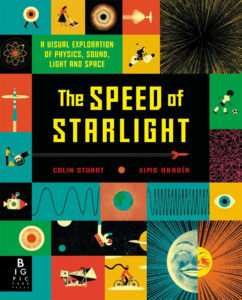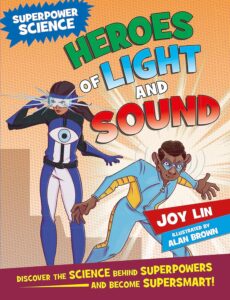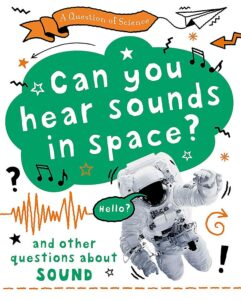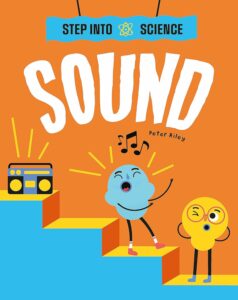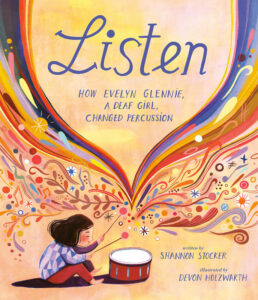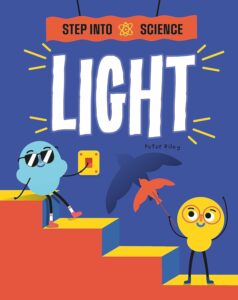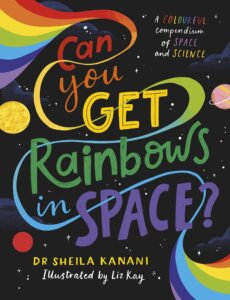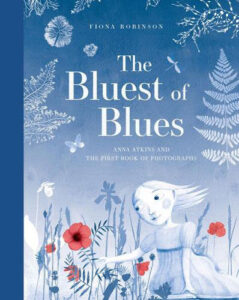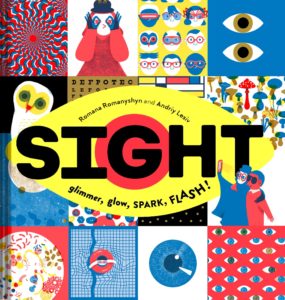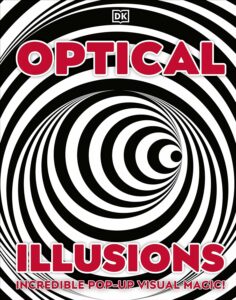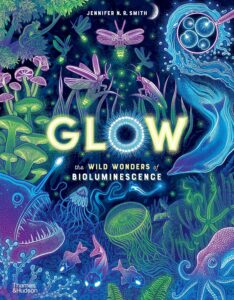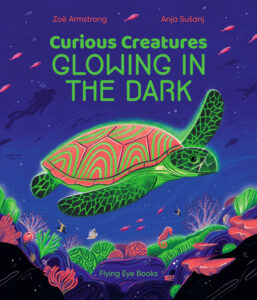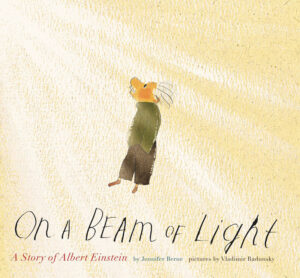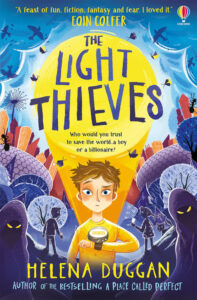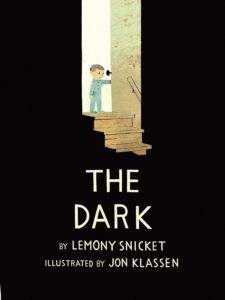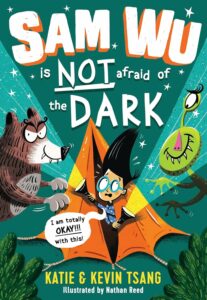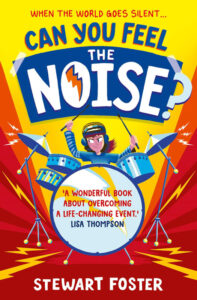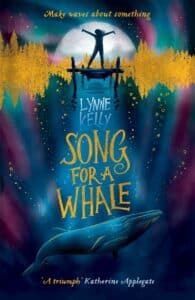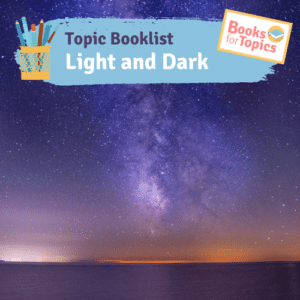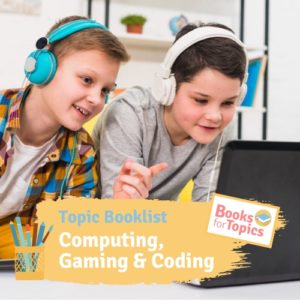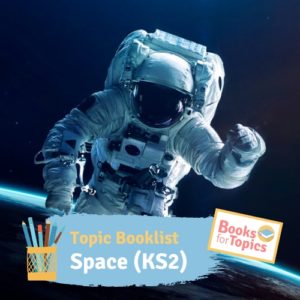Recommended children’s books about light and sound
Explore the world of light and sound with this exciting collection of children’s titles which explore how we see and hear the world around us.
Our booklist is designed to help children in KS2 learn about the Science topics of light and sound, and features books packed with colour like Can You Get Rainbows in Space? alongside titles that explore hearing loss, like Can You Feel the Noise and Listen: How Evelyn Glennie, a Deaf Girl, Changed Percussion. Investigating light and sound from many perspectives, this booklist will bring the KS2 Light and Sound topic vibrantly to life!
NB: This booklist is aimed at children in Key Stage 2. For books for younger children, try our Light and Dark KS1/EYFS Booklist.








